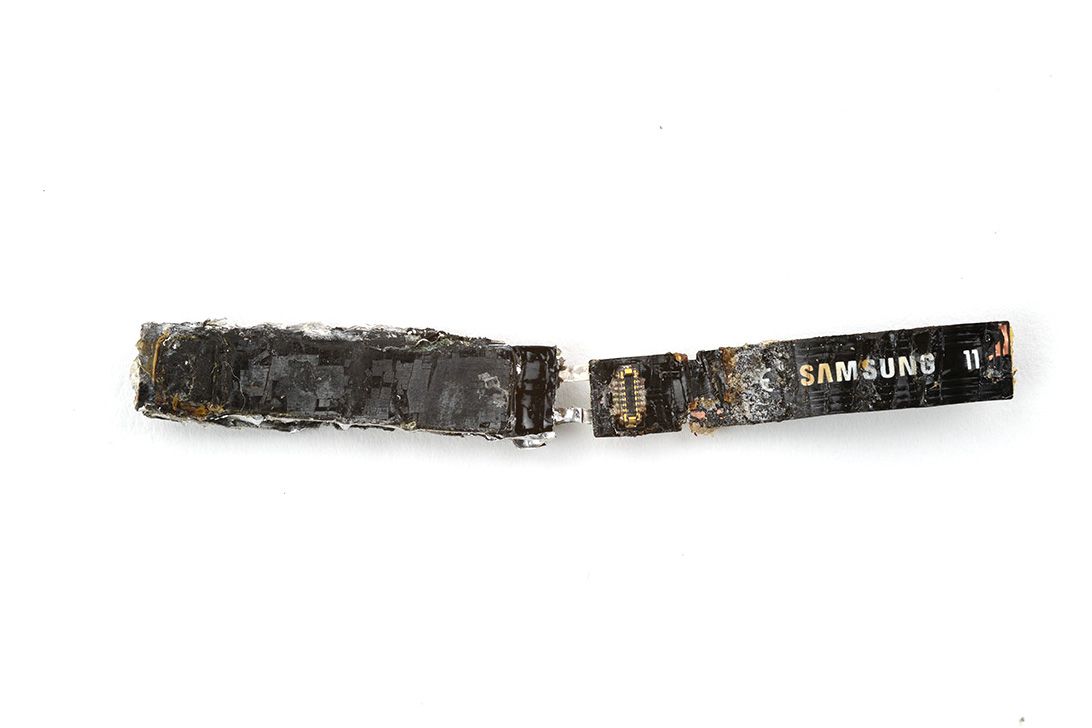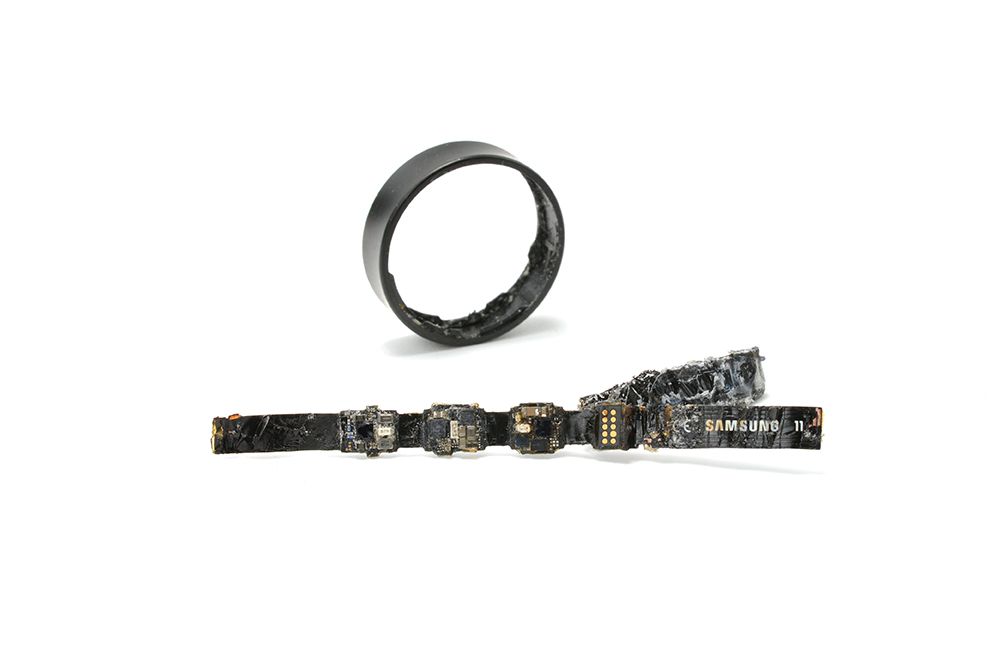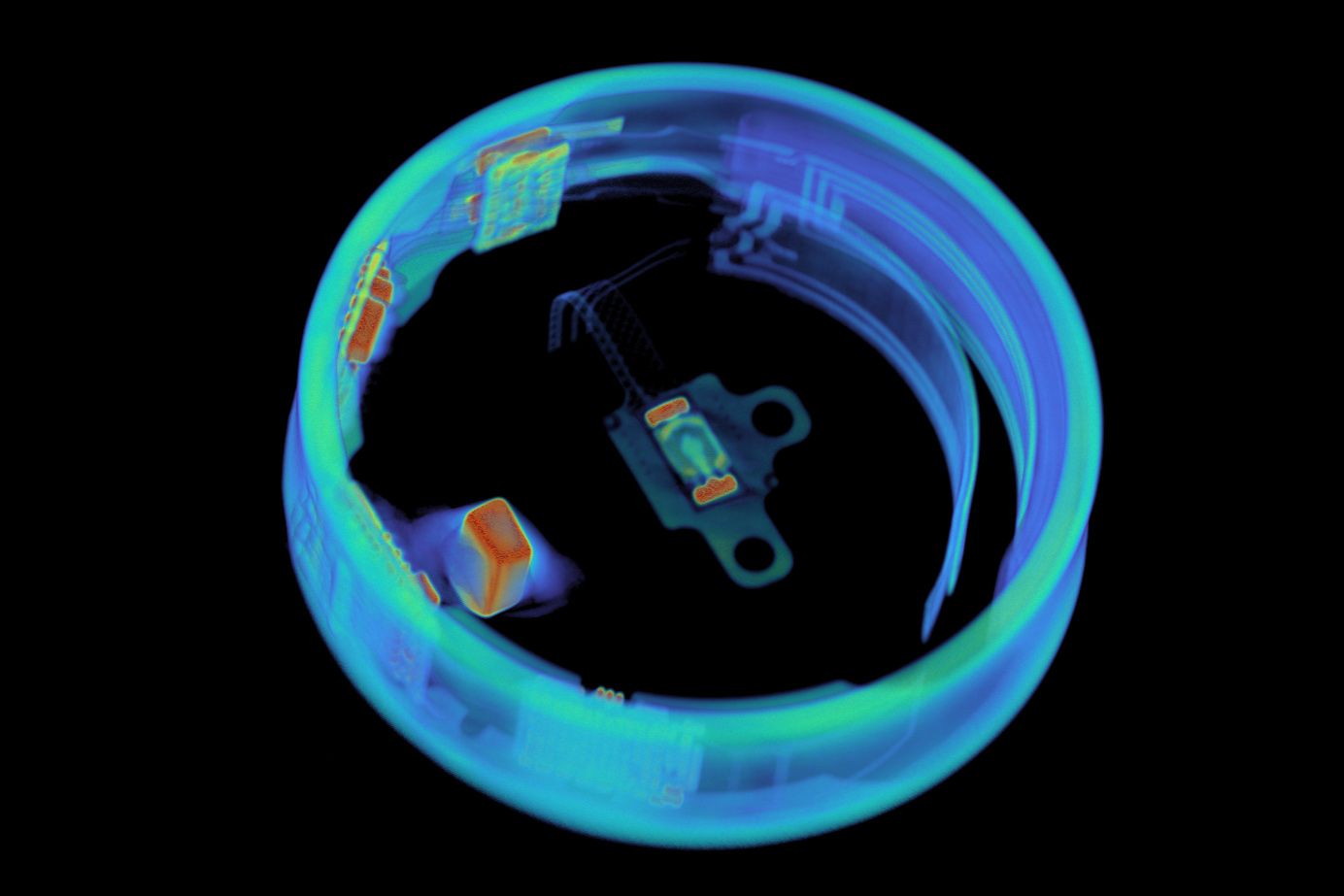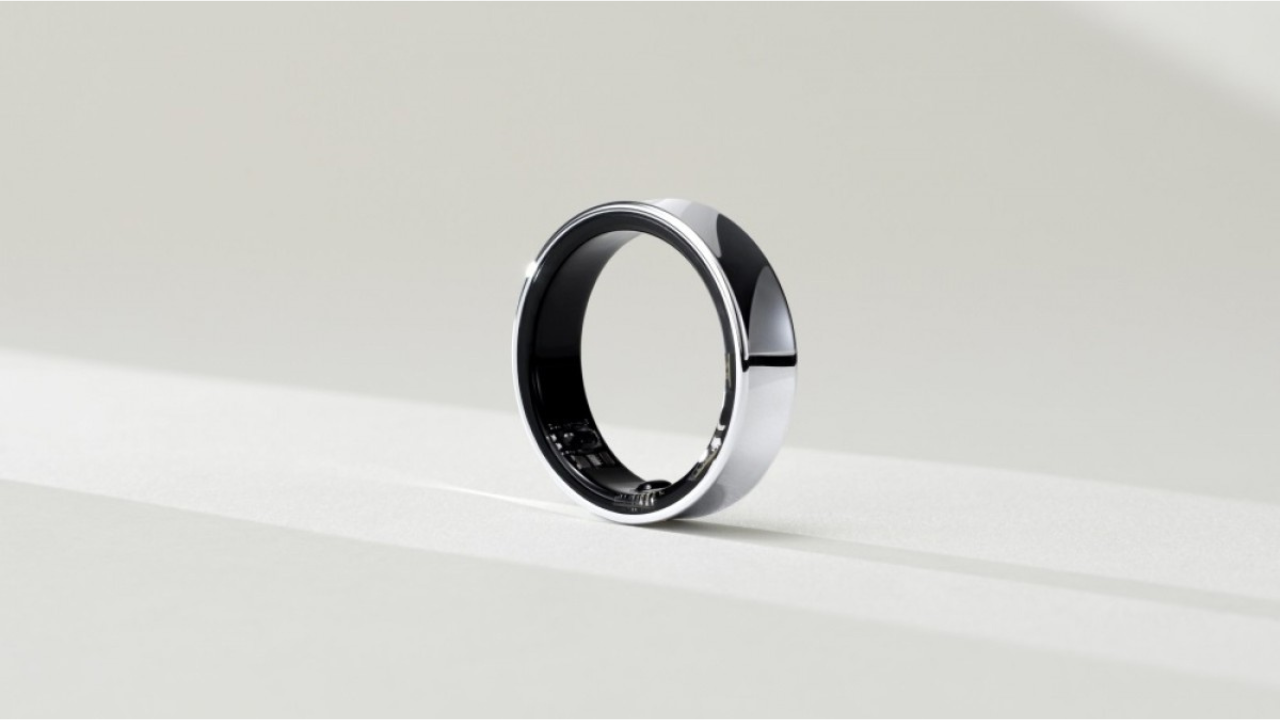Top 3 Key Points:
- Non-Repairable Design: Samsung’s Galaxy Ring can’t be repaired; if it fails, you’ll need to replace it.
- Surprising Design Choice: A press connector is used for easier assembly, though it doesn’t seem necessary due to the ring’s non-repairable nature.
- Common Components: The Galaxy Ring’s internals use widely available parts similar to those found in other tech devices.
Samsung recently entered the wearable tech market with the Galaxy Ring, its first-ever smart ring. Despite its sleek and simple appearance, this small device is packed with impressive technology, including a battery that lasts a week and accurate health-tracking features. However, getting a peek at what’s inside the Galaxy Ring is a challenge, as it involves dismantling the device in a way that leaves it permanently unusable. Thankfully, the experts at iFixit have done this for us.
Opening up the Galaxy Ring is no easy task. The device is designed in such a way that taking it apart destroys it entirely. To access the ring’s internal components, the iFixit team had to carefully melt and remove the resin and plastic coating inside the ring. This one-way process makes it clear that if your Galaxy Ring stops working after some time, there’s no chance of repairing it—you’ll simply have to buy a new one.
One of the most intriguing aspects of the Galaxy Ring’s design is how Samsung connects the battery and the inductive coil to the circuit board using a press connector. This method usually makes battery replacement easier, but in a device that can’t be repaired, it seems out of place.
iFixit suggests that Samsung might have used this design because the battery and coil are made in one location, while the circuit board is produced elsewhere. Assembling the components using a press connector on a separate production line could be a more cost-effective approach for the company.
Interestingly, smaller companies like Oura take a different approach. For example, in the Oura Ring Gen 3, the wireless charging coil is soldered directly to the circuit board, which might be a more space-efficient solution.
Aside from this, the Galaxy Ring’s internals are fairly standard. The components inside are similar to those used in other tech devices, including a power management chip, a wireless charging controller, and NFC connectivity. The iFixit team also partnered with Lumafield to create a 3D CT scan of the Galaxy Ring, offering a fascinating look at its internal structure.






Leave a Reply